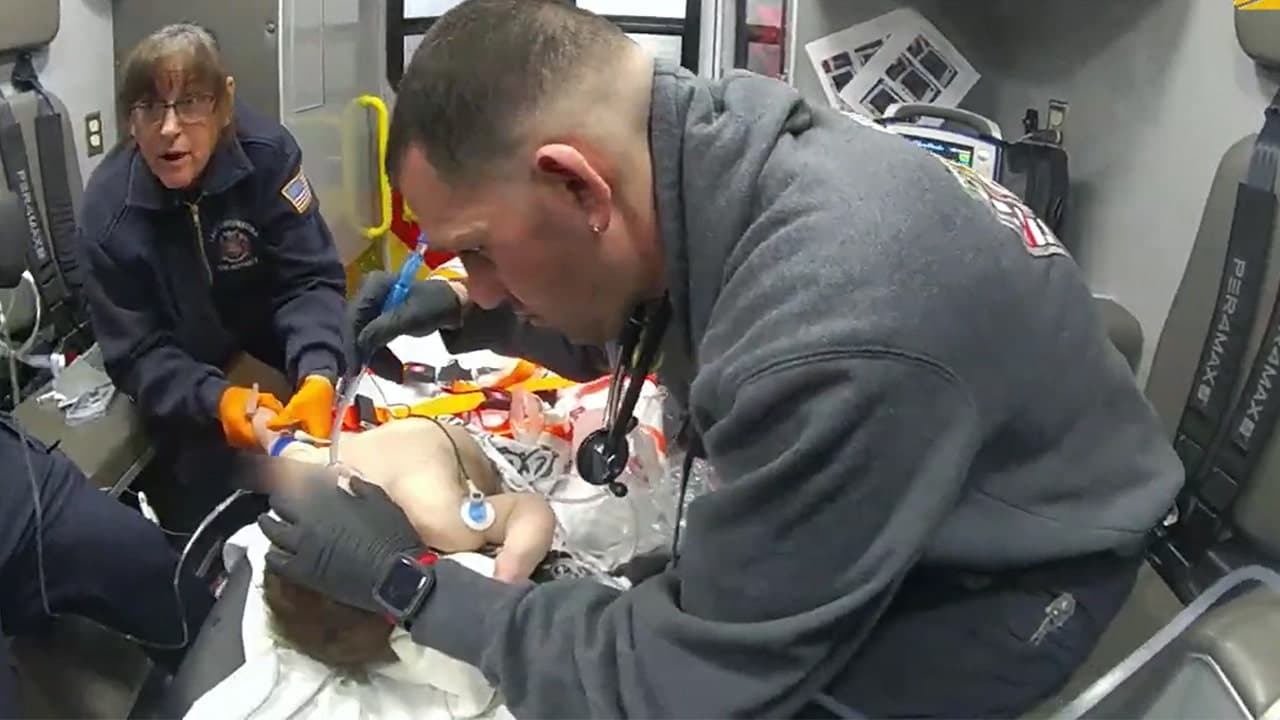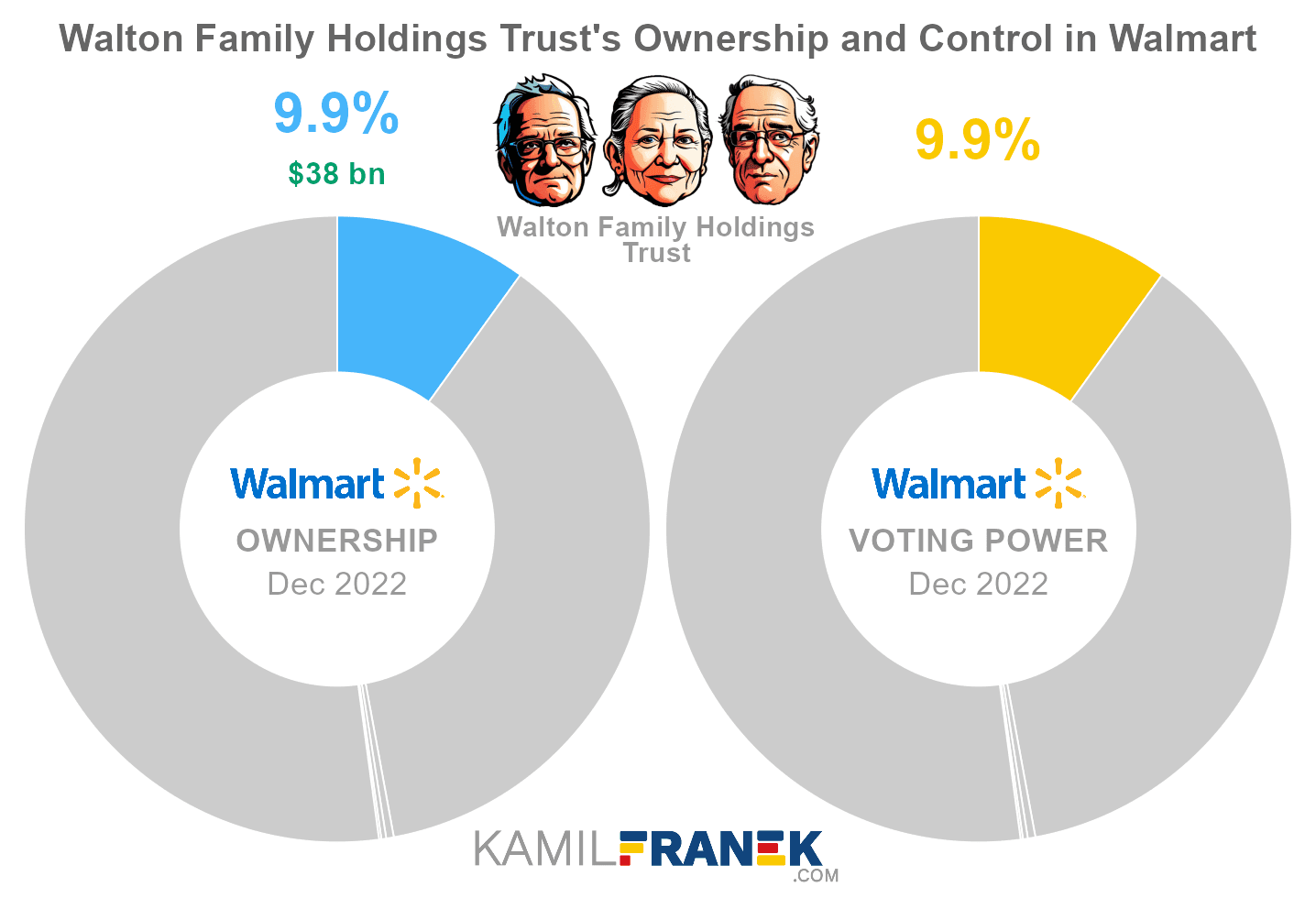Officer Resuscitates Infant Inside Walmart, Video Shows Rapid Response
A Sterling Heights police officer ran through a Walmart on Van Dyke Avenue and revived a five month old who had stopped breathing, newly released body camera video shows. The incident highlights how in store medical emergencies can involve associates, customers, first responders and managers, and it raises questions about training and preparedness for employees.

On November 1 an emergency call reporting an infant choking brought Sterling Heights police to the Walmart on Van Dyke Avenue. Newly released body camera video published on November 21 shows Officer Edwar Talia locating a five month old who had stopped breathing, administering continuous back blows until the airway was cleared, and continuing until the child began breathing again. The footage, circulated by local media, documents a rapid life saving response inside a retail environment.
The video, which captured the moments from the officer entering the store to the infant’s revival, underlines the unpredictable nature of medical emergencies in public retail spaces. Walmart associates and customers were present in the aisles as a first responder performed emergency care, illustrating how critical seconds are when a child’s airway is obstructed. Local reporting accompanying the video emphasized the role of first responders in stabilizing patients until emergency medical services can take over.
For employees and managers the incident serves as a practical reminder about in store safety and emergency response. Stores regularly host a mix of shoppers and staff with varying levels of medical training, and an event involving an infant puts particular stress on decision making, communication and access to equipment. The episode is likely to prompt store level discussions about first aid kit placement, accessibility of automated external defibrillators when appropriate, and whether associates have sufficient training or clear protocols to assist while waiting for emergency services.

Retail operations must balance everyday tasks with preparedness for rare but high stakes situations. Managers may review procedures for summoning first responders, securing the scene, documenting incidents and supporting staff who witness traumatic events. For associates, the incident reinforces the potential importance of basic airway and choking response training, as well as knowing where emergency supplies are kept.
The Sterling Heights case ended with an infant who began breathing again on scene, according to the video release. That outcome, and the public availability of the footage, is likely to shape local conversations about how stores prepare for and respond to medical crises involving customers and employees.


